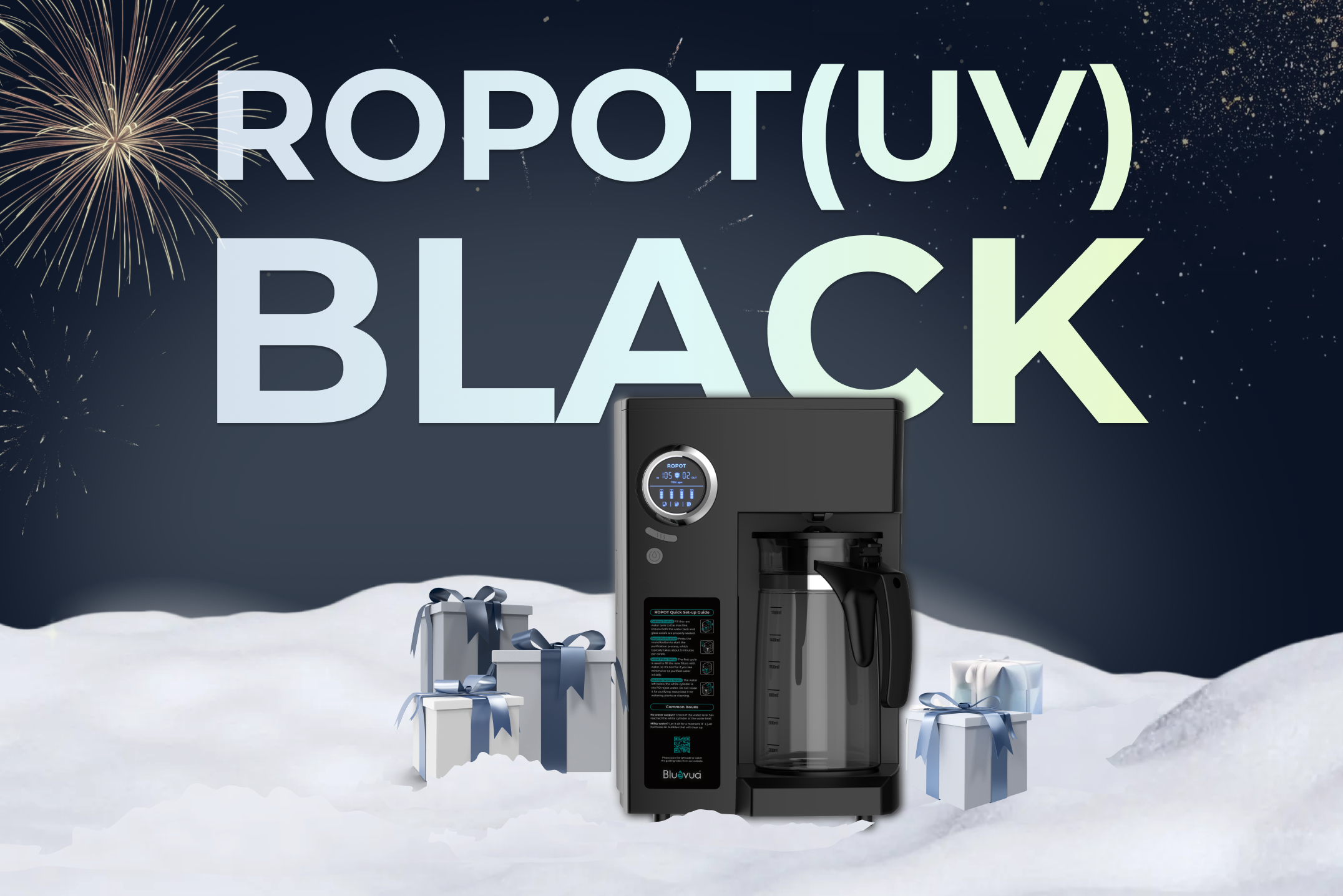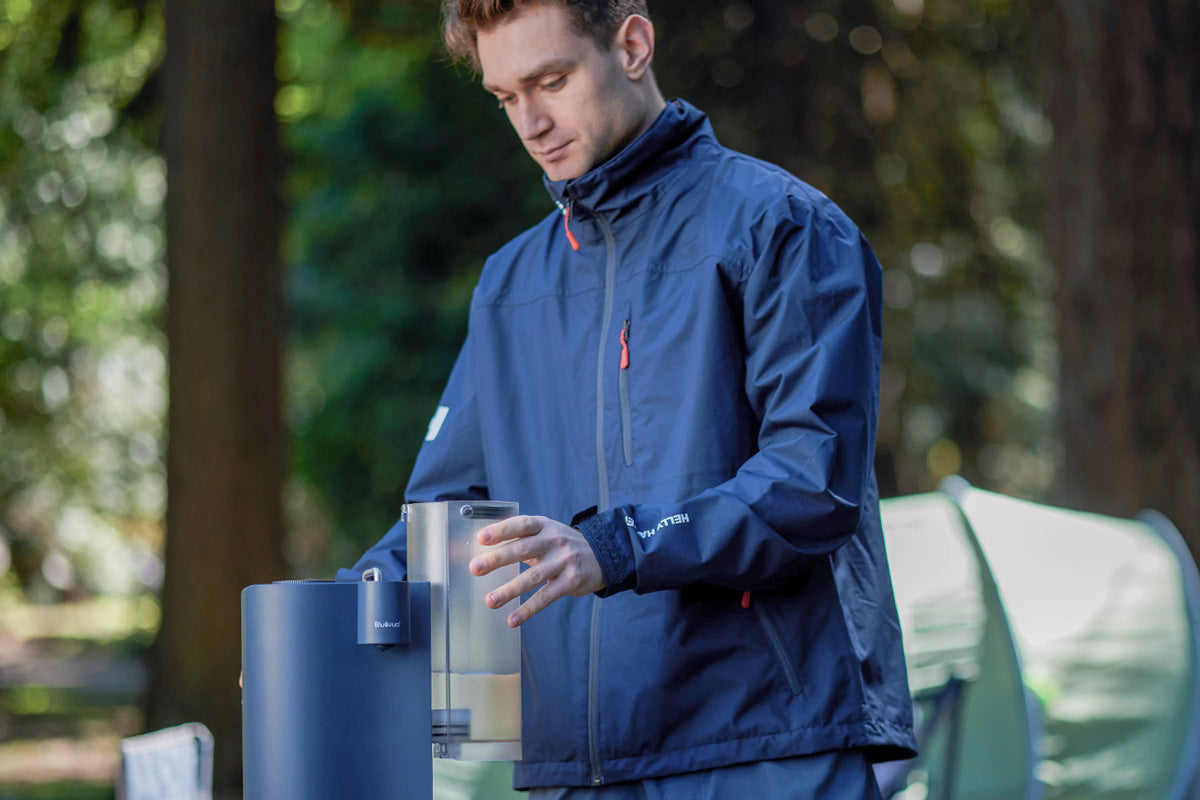To survive, we all need water; however, how do you know that the water in your home is safe? No matter where it comes from, there are likely several contaminants in it. The straightforward solution to this is a reverse osmosis system, which effectively removes contaminants from your water. Knowing that your water is clean and safe for you and your family is critical to your comfort and health in your own home.

What ls Reverse Osmosis?
In 1748, Jean-Antoine Nollet discovered how osmosis works in a laboratory setting, using a pig's bladder as a membrane. His experiment showed that a solvent could pass through a semipermeable membrane via natural osmotic pressure. Moreover, the solvent will continue to enter through the cell membrane until both sides of the bladder reach dynamic equilibrium.
So what is reverse osmosis? Basically, reverse osmosis (RO) is a filtration method that removes ions and molecules from a solution by exercising pressure to one side of a selective membrane.
Because large molecules cannot navigate the membrane, they remain on one side. However, water can pass through it, resulting in more concentrated large molecules on one side and diluted molecules onthe other side of the membrane.
Overall, the reverse osmosis svstem helps remove minerals, substances, molecules, and impurities from the water that runs through your home.
How Does Reverse Osmosis (RO) Work?
Reverse osmosis systems vary in function depending on design and brand, but they all do pre-filtration, reverse osmosis, drainage, and storage. These are the steps a RO system takes to filter the water:
Pre-Filtration
The reverse osmosis system connects to drinking water lines and feeds water through a high-pressure pump. Before entering the osmosis chamber, the water passes through several carbon-based filters to catch mineral and sediment deposits.
Reverse Osmosis
After passing through the filters, the water flows through the semipermeable membrane. Think of the membrane as a firmly woven fabric piece that's impervious to the naked eye. This membrane filters the water and removes any impurities it finds.
Drainage & Storage
If some impurities remain after the feed water passes the previous steps, the drainage function of the reverse osmosis filter sucks them all out. Finally, the system stores treated water in a small tank until you use it.
And we hope you can reuse the wasted water.

What Are Contaminants Removed By Reverse Osmosis(RO)?
The RO membrane in a reverse osmosis system removes dissolved solids such as arsenic and fluoride. Also, most water systems include sediment and carbon filtration to offer a vast reduction range. Reverse osmosis filters remove chlorine, bad taste, and odors, while sediment filters remove dirt and debris.
Here are some contaminants removed by reverse osmosis systems:
Fluoride
Sediment
Chlorine
Arsenic
VOCs
Herbicides and pesticides
Barium
Calcium
Colloids
Dyes
Lead
Mercury
Nickel
Nitrates
Proteins
Phosphate
Sodium
Sulfates
Reverse osmosis is an extremely efficient treatment approach for surface, brackish, and groundwater in both large and small flow applications. Pharmaceutical, boiler feed water, food and beverage, metal finishing, and semiconductor manufacturing are just a few industries that use reverse osmosis water systems.All walks of life have their own needs for reverse osmosis water purifiers, and you should purchase them based on your own needs.
What Are The Benefits of Using The Reverse Osmosis System?
The RO system is among the most comprehensive and lucrative filtration mechanisms on the market: its filters remove 98% of dissolved solids, making it safer to drink. In addition, as a water treatment process, reverse osmosis offers many benefits including:
Total dissolved solids reduction
Reverse osmosis is among a few water treatment methods to achieve total dissolved solids reduction.
Cost-effectiveness
Reverse osmosis is prominent mainly in industrial contexts because it is more cost-effective than other filtration methods. lt enables plants to handle large volumes of water while staying within their budgets.
Alkalinity and hardness removal
Reverse osmosis eliminates the calcium and magnesium ions that create hard water. lt also removes the carbonate ions that contribute to alkalinity.
Eco-friendliness
Reverse osmosis is also comparatively environmentally friendly. Because it doesn't depend on energy generation, it consumes more limited energy than other techniques, such as thermal distillation. Thus RO can help a facility reduce its carbon footprint and protect the globe's ecosystem.

How Hard ls lt to Maintain The RO System?
The reverse osmosis system is relatively simple to upkeep. You must only replace individual filters regularly because contaminants constantly pass through them. Remember to change the filters as needed if you want your system to last as long as possible.
Usually, reverse osmosis systems allow you to change filters using no tools. Where you need them, they are typically given to you by the manufacturers when they deliver your water system.
Also, remember that the reverse osmosis membrane is susceptible to chlorine, which will degrade and ruin it if not maintained regularly. That is why pre-filters are so critical. The sediment filter keeps the carbon-based pre-filter from becoming overly jammed too quickly, while the carbon eliminates chlorine that would break the membrane. These filters work together, so keep an eve on them.
You should also sanitize your system every time you replace the membrane. All water storage tanks will eventually develop slime when left unchecked, and regular sanitation is imperative to remove it and prevent buildup.

Use Bluevua's Reverse Osmosis System
Aside from residential applications, industrial sectors such as beverage and food processing, pharmaceutical manufacturing, seawater desalination, and many other fields use reverse osmosis widely. Bluevua's reverse osmosis systems can provide clean water for you, your family, and your business, helping you lead a healthier lifestyle and reduce your carbon footprint. Contact us today to learn more about our water systems and accessories, no matter if you need them at home or for your business.We have multiple choices.




Leave a Comment
All comments are moderated before being published.
This site is protected by hCaptcha and the hCaptcha Privacy Policy and Terms of Service apply.